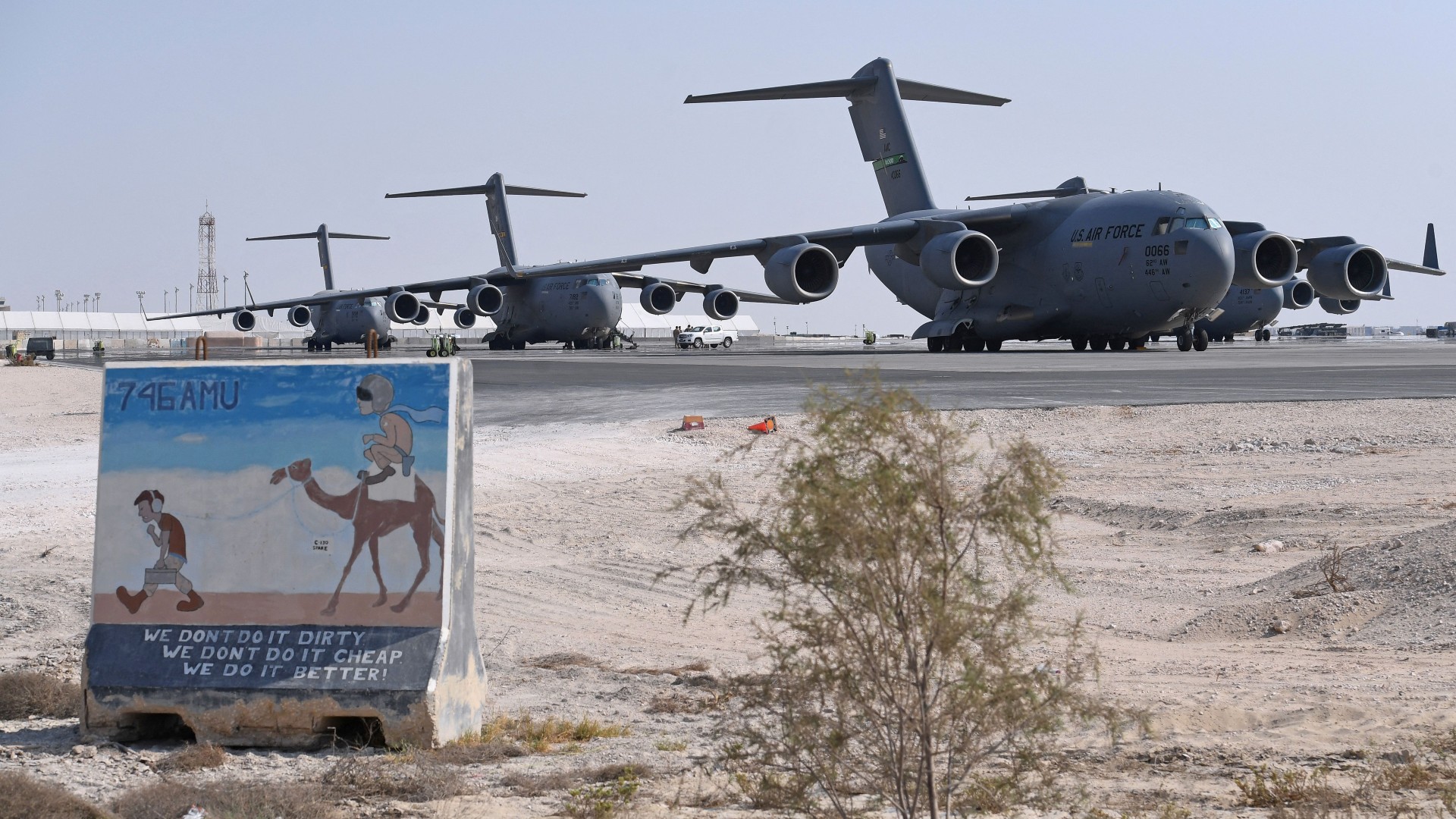(Trends Wide Spanish) — During the last three decades, and especially after the terrorist attacks on the Twin Towers in New York in 2001, the bulk of the United States’ military actions in the world have been concentrated in the Middle East, and Qatar, the host of the 2022 World Cup, has played a central role in these operations.
Since the early 2000s, the US military has been using Qatar’s al-Udeid Air Force base, located some 20 miles southwest of Doha, to support its military operations in the region.
This base has been key in US military efforts in Afghanistan, Iraq and Syria, among other countries. And in August 2021, for example, it was used to house thousands of Afghan evacuees following the definitive US withdrawal from Kabul.
Why are there US forces in Qatar?
Military cooperation between the United States and Qatar began to develop during the Gulf War (1990-1991), when both countries were part of the military coalition to expel Iraqi forces from Kuwait, which had invaded this country.
Ruled at the time by Emir Hamad bin Khalifa al-Thani, Qatar was looking to grow in influence and status in the region following its 1971 independence from the UK.

US Air Force C-17 Globemaster aircraft at al-Udeid Air Base in Qatar on September 7, 2021. (Credit: OLIVIER DOULIERY/POOL/AFP via Getty Images)
During the conflict, Qatar, like many other countries in the Persian Gulf and the region, allowed coalition forces to use its territory and deployed troops against Iraqi forces led by Saddam Hussein.
In 1992, after the war, Qatar and the US signed a defense cooperation agreement that has been renewed and extended in subsequent years, according to a 2014 US Congress report by the specialist in the Middle East Christopher M. Blanchard.
The current Sheikh Tamim bin Hamad al Thani, who succeeded his father in 2013, has deepened this alliance, represented especially by the huge al-Udeid base built by Qatar in the 1990s, with an investment of US$1 billion, according to a congressional report—even though the country had only a small air force.
Blanchard said this, however, “facilitated gradually deeper cooperation with US military forces.”
In addition to the al-Udeid base, Qatar, a hydrocarbon-rich country with one of the world’s largest gas reserves, has purchased large amounts of US military equipment, the Pentagon has reported, including Patriot anti-aircraft missile batteries, helicopters fighters, F-15 fighters and Javelin anti-tank missiles, like those used recently in the war in Ukraine.
At the same time, Qatar has maintained a balanced foreign policy that has generated tensions: its defense link with the US is deep, while at the same time it has maintained relations with groups such as the Palestinian Hamas and the Taliban in Afghanistan. , seeking a mediating role in the region, and competes for influence with Saudi Arabia, another US ally.
In fact, in 2017 Saudi Arabia and other Persian Gulf countries broke off relations with Qatar, which they accused, in part, of supporting terrorism and maintaining good relations with the Islamic Republic of Iran.
Precisely, Qatar has maintained an equidistant position between Saudi Arabia and Iran, the main regional rival of the Saudi kingdom and an adversary, also, of the United States.
Here the strategic importance of the Qatar peninsula is clear, which enters the Persian Gulf between Saudi Arabia and Iran, a country with which it also shares the exploitation of the South Pars Natural Gas Field.
A huge base in the Persian Gulf
Due to its strategic location in the Persian Gulf and its technical capabilities —it has one of the longest runways in the region, with the capacity to house B-52 bombers—, over the years al-Udeid became the largest military base of the United States in the Middle East, in which some 11,000 soldiers (including Air Force, Navy and Army personnel) are deployed.

US troops on December 10, 2013 at al-Udeid airbase, which is home to more than 11,000 people. (Credit: Mark Wilson/Getty Images)
From there, the United States supported operations in Afghanistan and Iraq after the 2001 and 2003 invasions, but also against the so-called Islamic State (ISIS) in more recent years. B-1 and B-52 bombers, F-16 fighters, and C-17 transport planes are part of the team that has operated from the base.
Al-Udeid is also home to the Combined Air Operations Center (CAOCC), which controls all US military deployments in Afghanistan, Iraq, Syria and 18 other countries. Allies of the US, such as the United Kingdom, also operate in the base.
The CAOCC, which cost $60 million to build, was completed in 2003. Before it was ready, the United States ran its operations from one of its military bases in Saudi Arabia.
In addition to the CAOCC, al-Udeid is also home to a US Air Force Central Command outpost, and the 379th Expeditionary Air Wing.
This Air Wing, a military unit made up of several squadrons, has some 100 aircraft in Qatar, including combat, transport, intelligence and refueling aircraft.
With reporting from Trends Wide’s Brad Lendon, Ellie Kaufman and Veronica Stracqualursi.





